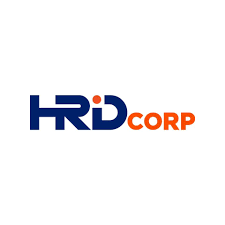SAFETY: Train journalists to be safe in risky areas
New Straits Times Online, 22 July 2013
THROUGH my frequent interaction with media personnel in various parts of the country, I have the impression that their knowledge on occupational safety and health (OSH) is minimal and more needs to be done to enhance their awareness.
The tragic incident involving Bernama TV cameraman Noramfaizul Mohd Nor, who died while covering Somalia in 2011, reminds us of the importance of ensuring the safety of media personnel.
Most media organisations that send their crew to conflict zones offer some form of training before deployment. This may include first aid, risk assessment training, survival skills, protective clothing and information about the terrain in which they will be working.
Journalists and photographers might not be aware of the dangers when reporting at the scene. They should be offered training on risks they might face and be informed of risks to their health and safety. Quality personal protective equipment should be supplied.
According to the International Labour Organisation, more needs to be done by media organisations to protect their personnel. It highlighted the need for "adequate preparation by journalists and media before going on assignment".
"Media organisations should provide technical assistance and establish training programmes specifically designed to improve levels of personal safety and to carry out risk assessments related to specific assignments".
The International Code of Practice for the Safe Conduct of Journalism states that "media professionals must be informed about the political, physical, and social terrain in which they are working. They must not contribute to the uncertainty and insecurity of their conditions through ignorance or reckless behaviour".
It goes on to state that "journalists and other media staff shall be properly equipped for all assignments, including the provision of first aid materials, communication tools, adequate transport facilities and, where necessary, protective clothing".
In Malaysia, the Department of Occupational Safety and Health, under the Human Resources Ministry, has developed a set of guidelines for media professionals in regard to safe work practices.
The guidelines which serve as safe operating procedures (SOPs) will enable media personnel to be better informed and equipped when undertaking media coverage of events in dangerous zones and hazardous environments.
The job of the journalist is to tell the story, not to become the story.















